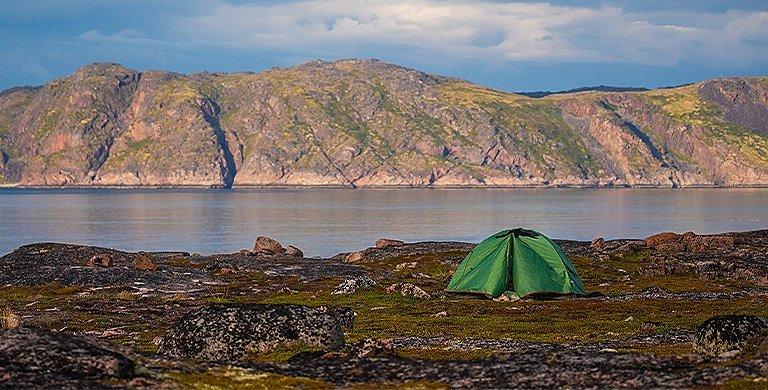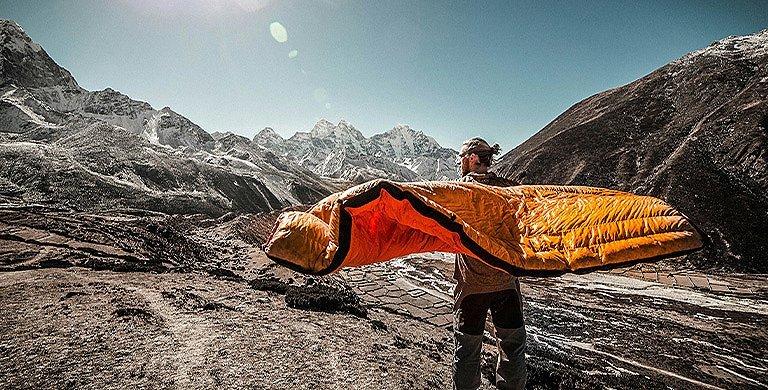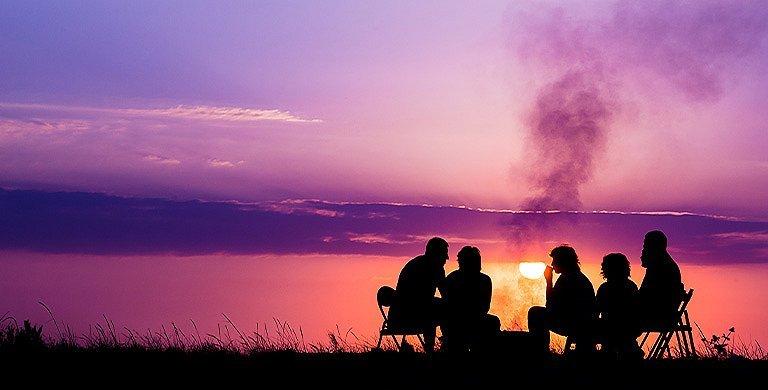CAMPING
Getting Ready
For Camping Season
BY ELYSE JOHANSEN
Dreaming of eating s'mores around the campfire? With the right prep you can camp any time of year. But for most of us, camping season starts in spring, peaks in summer, and lasts well into fall. And while it's great to imagine grabbing your tent and leaving on a whim, your first trip of the season starts well before you walk out the door.
Best-laid plans
Whether you're going car camping or venturing into backcountry, make a plan. The last thing you want is to pull up to the campground or trailhead and realize all the spots (or permits) are filled. Some tips:
- Research the area where you want to camp, consulting friends, staff at your local outdoor store, and online resources like Recreation.gov or the National Park Service.
- Book your campsite and/or permit in advance. Some of the most popular wilderness areas can fill up months ahead of time while others limit the number of visitors through a lottery system. Still other camp sites have a first-come-first-serve policy—aim to arrive early to those, particularly during high-traffic holiday weekends.
- First-timers may want to pick a campground that's reasonably close to home and includes amenities like toilet facilities or access to clean water. If you are new to camping you may also want to explore the pros and cons of car camping vs. tent camping.
- Check the forecast before you leave and pack accordingly for the weather you expect while being prepared for the weather you don't. If you're camping solo, let others know where you're going and when you expect to return.
Gear up for adventure
Before you start packing, draw up a camping supply checklist that includes all the things you need for your trip. If you're missing any essentials, one option is to borrow or rent some of your equipment—local outdoors shops and friends can be great resources. Take stock of what you do have and the shape it's in, especially if your camping supplies have been packed up for months in the attic or garage. A checklist of the basics:
- Tent (rainfly, footprint, poles, stakes)
- Sleeping bag
- Flashlight or headlamp (with fresh batteries or charge)
- Durable boots or shoes
- Warm clothes (top, bottom, hat, gloves, wool socks, etc.)
- Waterproof shell jacket
- Dry food and snacks (sandwiches, granola bars, nuts, bananas, etc.)
- Lighter or waterproof matches
- Pocket knife or multi-tool
- First aid kit
- Sealable bags/containers for food and trash
- Water (and plenty of it)
- Toilet paper
Of course, the list above is merely the tip of the iceberg in terms of what you could bring with you camping (including everything from camp stoves and coolers to frying pans and fishing gear). Add more items to your list as you see fit, just remember the golden rule of enjoying the outdoors is to Leave No Trace.
Practice makes perfect
As you take stock of your camping supplies, it's a good idea—especially for your first outing of the season—to create a miniature campsite right in your own backyard or even, say, the living room of your studio apartment. The idea is to make sure everything you need is in good working order before you head out into the wilderness. Some things to consider:
- As you take inventory of your camping supplies, give items a once-over cleaning as needed and double-check you didn't leave oatmeal caked to your camping pot when you last used it in September.
- Put up and take down your tent, more than once if possible. Not only will this help your campsite efficiency, it'll identify any issues that need remedied—like a missing tent pole or a giant hole that opened in the roof over winter.
- Hang up your sleeping bag (outside if possible) to air out and chase some of that musty camping scent away.
- Check the batteries. Whether it's a flashlight, portable power station, or GPS device, if it takes batteries or an electric charge, odds are it needs some fresh juice.
- Pack and stack. Aside from backpacks and duffels, some supplies can be organized into sealable storage containers for ease of use. Pack up your gear and assemble your bags and/or bins in a convenient spot for loading up the car as soon as you're ready to go.
- Get out there and have fun. Don't worry about going too wild. Remember, what happens at camp stays at camp. You should also check out our list of clever DIY camping hacks to take your camping game up a notch.
Want more outdoors? Connect with @Columbia1938 on Instagram.



